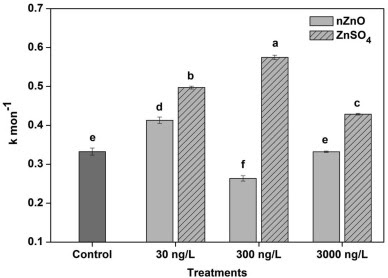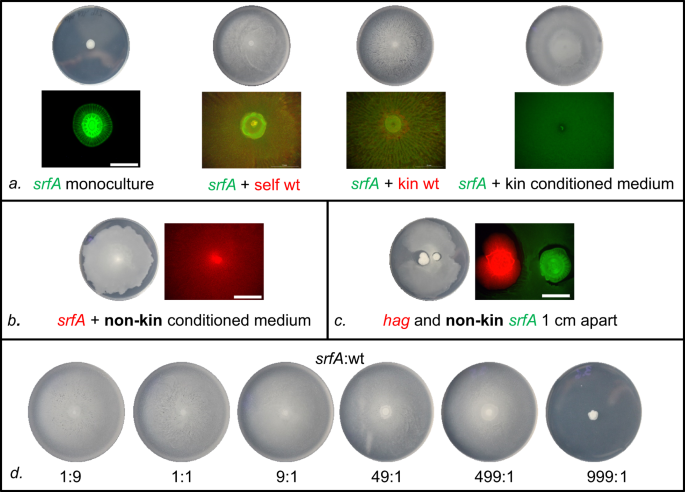By: Chelsea Alcala
Microbial community structures found via mass spectrometry in neovaginal, rectal, and vaginal compartments of transgender and cisgender women. Figure taken from Birse et al. 2020.
Women who undergo gender reassignment surgery have fundamentally different vaginas from that of ciswomen, called neovaginas. Neovaginas are constructed (neovaginoplasty) through penile inversion, scrotal/sigmoid colon grafts, or a combination of the former mentioned. However, unlike ciswomen, not much is known about this organ's microbiome which plays a critical role in the sustainability of infection(s), inflammation, epithelial barrier function, & overall neovaginal health. Using a metaproteomics technique this study, carried out by Birse and colleagues, mapped and classified the microbial composition of neovaginal/rectal secretions (transwomen) and compared them with vaginal secretions (ciswomen). Metaproteomics identified 541 distinct bacterial proteins from 38 taxa. The most abundant taxa found in neovaginas included; Porphyromonas (30.2%), Peptostreptococcus (9.2%), Prevotella (9.0%), Mobiluncus (8.0%), and Jonquetella (7.2%). While cis-vaginal samples & rectal samples contained predominantly Lactobacillus, Gardnerella, Prevotella, and Roseburia (see figure above for specifications). Moreover, similar to characteristics found in uncircumcised penises and cis-vaginas (with bacterial vaginosis), penile skin-lined neovaginas were found to have diverse polymicrobial communities (primarily anaerobic), increased immune activation pathways, and decreased epithelial barrier function. Research like this is extremely important in the world of medicine due to the fact that transgender health care is often overlooked, understudied, and neglected. By not conducting research to determine the composition of the neovaginal microbiome or similar research, the scientific community would be marginalizing all trans-women and frankly ignoring a vast gap in human knowledge. Research much like this one could significantly alter how we treat inflammation/infection in the neovaginal environment, improving transgender health & wellness as a whole.
Original Article:
Birse, K. D., Kratzer, K., Zuend, C. F., Mutch, S., Noël-Romas, L., Lamont, A., et al. (2020). The neovaginal microbiome of transgender women post-gender reassignment surgery. Microbiome, 8: 1-13.











